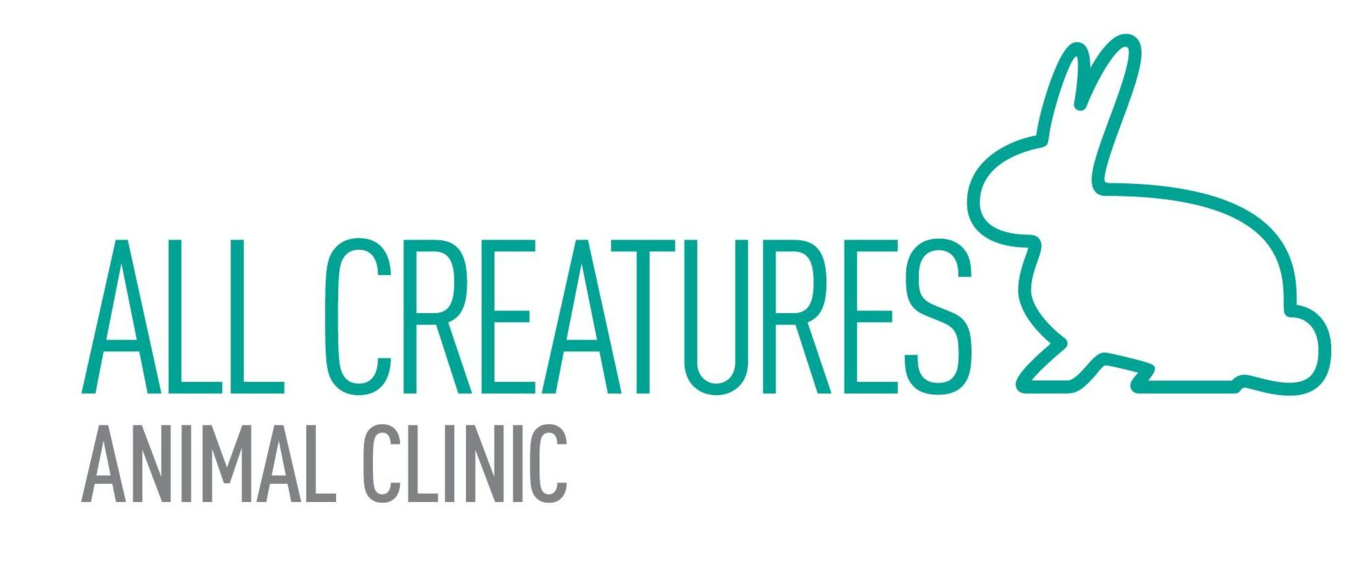DOG TRAINING AND BEHAVIOR
HOUSEBREAKING
A dog's natural instinct is to go outside, and it works best to take advantage of this. Avoid using potty pads unless you need to use them long-term (high up apartments for example). Young puppies need to use the bathroom frequently. They will not be able to hold it any longer than 2-4 hours when they are very young. A good rule of thumb is to take their age in months and add 1 to get the number of hours they can hold it for. No dog of any age should be kept from access to bathroom area for more than 8-10 hours. Also, never deny an animal access to water, even if they are having accidents.
When you take your puppy out to use the bathroom, allow a nice long time outside for them to try (this is especially hard to remember to do in the winter months). If they don't go, you can try again every 15-30 minutes until they go in the beginning. If your puppy starts having accidents right after coming back in from a dry run, try taking them out again immediately after coming back in each time (this is often a distraction issue).
Make a schedule and try to stick to it. Take puppy right out when you get home, right when you wake up and frequently in between. You can expect a bowel movement 15-60 minutes after a meal, so pay attention to the clock and plan a trip outside accordingly. A good way to encourage your puppy to do their business quickly is to use cue words when they are going ("hurry up," "do your business," etc). Praise your puppy for going in the proper place! DO NOT punish accidents, even if you see them happening. This only creates anxiety in puppies and is not an effective training tool.
Look for clues that your dog has to use the bathroom (whining, going to door, sniffing around). Placing a bell on your puppy's collar or by the back door can help you pick up on these cues easier. If a puppy backslides in their training or seems to pee frequently- have them checked out (urinary tract infections are not uncommon in puppies). Housebreaking is extremely intensive in the beginning, but it is worth the effort. Have patience; most dogs are fully housebroken by 4-6 months of age.
BEHAVIORAL CONCERNS
Our veterinarians treat a wide variety of behavioral conditions, including separation anxiety, inappropriate toileting, aggression and many more. We can give training advice and provide treatment for many behavioral disorders. We believe in positive reinforcement and using evidence-based interventions. Behavioral issues can effect dogs, cats and exotic species. Making sure that your pet is in good health and is receiving proper nutrition and care is also vital to promoting good behavior. Call us today for an appointment if you have concerns about your pet's behavior.
SOCIALIZATION
All puppies should go to a puppy class to encourage proper socialization with dogs and people. However, when taking young puppies out of the house, remember that they are susceptible to serious diseases (parvovirus) until fully vaccinated. Avoid taking puppies to unfamiliar yards, dog-parks or high dog traffic areas.
Taking the time to properly socialize a puppy can pay off big time down the road. Very young puppies are relatively fear-free (less than 12 weeks of age). This is a prime time to expose your puppy to a great number of stimuli in a positive way. Have lots of people hold the puppy (short, tall, wearing hats, etc.). Expose your puppy to new stimuli: vacuum cleaners, loud noises, rides in cars, other dogs, cats, kids. Always monitor these interactions closely and be cautious to make sure that your puppy isn't injured by any other kids or animals and to make sure that your puppy doesn't injure them. When exposing your puppy to new things, give lots of small food rewards and praise.
As a puppy ages, it will become much more cautious (usually after around 12 weeks). Watch for signs of fear and anxiety. Examples of fear and anxiety include whining, looking away, crouched posture, licking lips, freezing. If a puppy is nervous, remove the stimulus that is causing anxiety and help them calm down with calm petting, sitting quietly or doing basic tricks. When introducing a nervous dog to something it finds scary, do it slowly and with rewards. Adaptil, calming supplements and thunder shirts can help create positive experiences.

